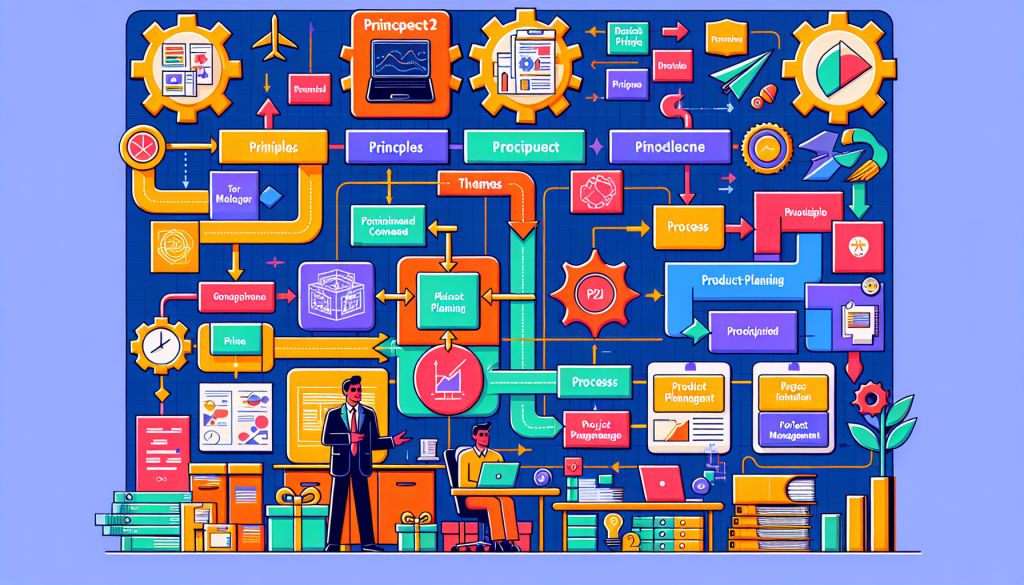When it comes to project management, PRINCE2 is a widely recognized methodology that helps organizations achieve their goals in a structured and efficient manner. For beginners looking to understand the principles behind PRINCE2, it is important to grasp the fundamental concepts that underpin this framework.
PRINCE2, which stands for Projects IN Controlled Environments, is a process-based approach to project management that focuses on delivering projects on time, within budget, and to the desired quality standards. At the heart of PRINCE2 are seven principles that guide project managers in their decision-making and planning processes.
The first principle of PRINCE2 is that projects must have a continued business justification. This means that projects should be aligned with the strategic objectives of the organization and deliver tangible benefits that outweigh the costs. By ensuring that projects are aligned with the business goals, organizations can make informed decisions about which projects to undertake and prioritize.
The second principle of PRINCE2 is that projects must be managed in stages. This approach breaks down the project into manageable stages, with defined deliverables and checkpoints at the end of each stage. By managing projects in stages, project managers can track progress, identify potential issues early on, and make adjustments as needed.
The third principle of PRINCE2 is that projects must have defined roles and responsibilities. This means that each member of the project team should have a clear understanding of their role, responsibilities, and authority within the project. By defining roles and responsibilities, organizations can ensure that everyone is working towards the same goal and that there is accountability for project outcomes.
The fourth principle of PRINCE2 is that projects must be managed by exception. This means that project managers should only intervene when deviations from the plan exceed agreed-upon tolerances. By setting clear tolerances for project performance, organizations can empower project teams to make decisions and take action without constant oversight.

The fifth principle of PRINCE2 is that projects must focus on product-based planning. This approach involves defining the desired outcomes of the project in terms of deliverables or products, rather than activities or tasks. By focusing on the end products, project managers can ensure that the project stays on track and delivers the desired results.
The sixth principle of PRINCE2 is that projects must be tailored to suit the project environment. Mastering PRINCE2 Methodology: A Complete Guide . This means that organizations should adapt the PRINCE2 methodology to fit the specific needs and constraints of each project. By tailoring the approach, organizations can maximize the benefits of PRINCE2 while addressing the unique challenges of each project.
The seventh principle of PRINCE2 is that projects must learn from experience. This involves capturing lessons learned throughout the project and incorporating them into future projects. By continuously improving and refining project management practices, organizations can enhance their project delivery capabilities and achieve better results over time.
In conclusion, understanding the principles of PRINCE2 is essential for beginners looking to master the methodology. By embracing these principles and applying them in practice, project managers can streamline their project management processes, enhance collaboration and communication within their teams, and ultimately deliver successful projects that meet the needs of the organization.